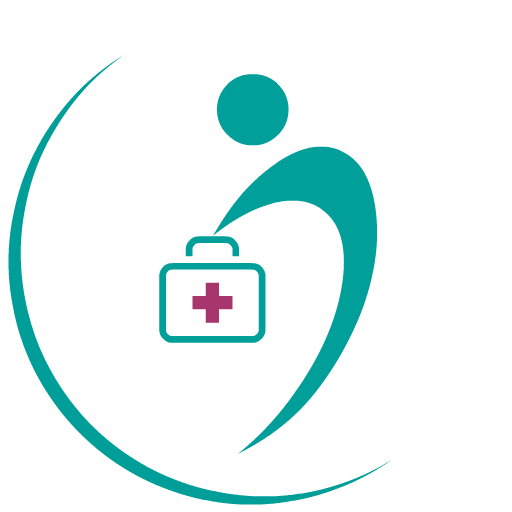Know the difference between fractures and dislocations?
Get familiar with the signs, symptoms and treatments in our comprehensive guide!
Fractures and dislocations are two very different types of injuries. It's important to be able to tell the difference between them in order to receive the right diagnosis and treatment. Learn the physiological and clinical characteristics of each injury, as well as how they compare when it comes to signs, symptoms and treatments.
Learn the Common Signs and Symptoms.
Fractures and dislocations share some common signs and symptoms, though the severity of each injury can affect the range of symptoms present. Swelling, bruising, tenderness and pain are typical signs that an injury has occurred. For fractures and dislocations, it may be difficult to move or use affected body parts due to muscle or ligament damage. If a fracture or dislocation is suspected, seek medical attention immediately.
Understand the Differences Between Fractures and Dislocations.
It’s important to understand the difference between fractures and dislocations. A fracture is a break in the continuity of the bone, while a dislocation occurs when a joint becomes partially or completely displaced from its original position. Fractures can also be classified according to their severity as either complete or incomplete, depending on how much of the bone was affected by the injury. Dislocations are often categorized by their direction – medial, lateral, anterior, or posterior.
Know When to Seek Medical Attention.
If you think you or someone else may have suffered a fracture or dislocation, it's important to seek medical attention right away. Diagnosis requires an accurate medical assessment by a physician. During the examination, they will ask questions about the injury and position of the bone before the accident occurred. Additionally, the doctor may order imaging tests such as X-rays or MRIs to confirm their diagnosis and provide essential information for constructing a treatment plan.
Become Familiar With Diagnostic Imaging Techniques.
Diagnostic imaging techniques are typically used to diagnose fractures and dislocations. X-rays, CT scans, MRIs, and ultrasounds all provide different images of the area being examined. X-rays are useful for identifying bones and tissue that may have been affected by a fracture or dislocation. CT scans show more detailed images which can help determine the exact location of the fracture or dislocation and if there is any associated damage to surrounding areas. MRIs are useful for detecting minute fractures that may otherwise be undetected. Lastly, Ultrasounds provide information about soft tissue structures without using radiation making it especially useful for children and pregnant women.
Basic Treatment Methods for Fractures and Dislocations.
Treatment for fractures and dislocations usually involve immobilization of the area, usually with a cast or brace. Pain relievers such as acetaminophen or ibuprofen may also help with pain and discomfort. For some cases, surgery may be necessary to reset the bone or joint in its proper place completely. Physical therapy may also be prescribed to restore full range of motion to the affected joint and rebuild strength.
Blogs
Stay connected to health experts and read what they have to say via DocSmart.
Please sign up to create your own blog





